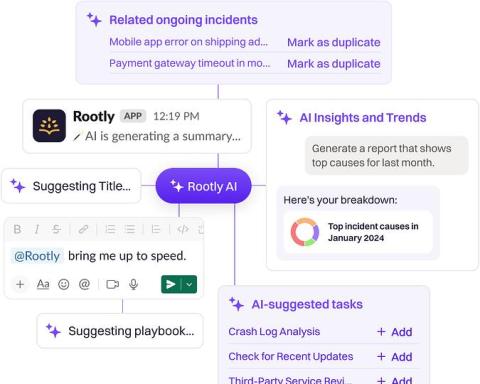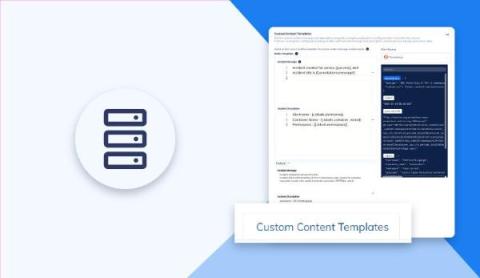What is Ping Command: A Deep Dive into Network Diagnostics
The Ping command is an essential tool in network diagnostics, crucial for checking connectivity, solving problems, and measuring network performance. In the complex world of digital communication, where connections stretch across long distances and pass through many devices, knowing how to use the Ping command is extremely important. In this detailed exploration, we will examine the Ping command thoroughly, exploring its uses, and highlighting its importance in keeping networks strong and reliable.











